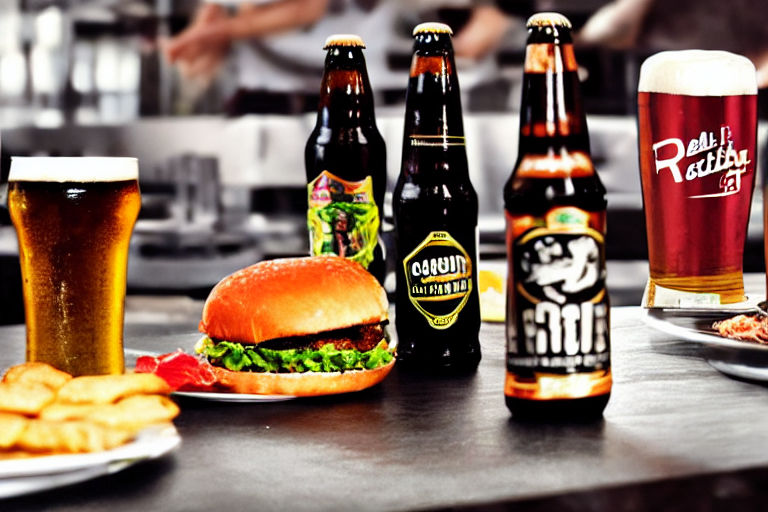The History of the Electric Guitar: A Journey Through Time
The electric guitar, a staple of modern music, has come a long way since its humble beginnings. From its invention in the early 20th century to its evolution through various genres and technological advancements, the electric guitar's story is a fascinating one. Let's embark on a journey through time, exploring the key milestones and influences that shaped this iconic instrument.
Early Innovations: The Birth of an Electric Sound
The first steps towards the electric guitar can be traced back to the late 19th and early 20th centuries. In 1920, George Beauchamp and Adolph Rickenbacker developed the "Frying Pan" guitar, which utilized a magnetic pickup to amplify its sound. This invention, while not strictly an electric guitar, laid the groundwork for future advancements.
In 1931, Lloyd Loar, a luthier for Gibson, created the first commercially successful electric guitar, known as the "Electro-Spanish Guitar." This instrument featured a magnetic pickup and a hollow body, allowing for a louder and more amplified sound than traditional acoustic guitars.
The Rise of Rock and Roll: The Electric Guitar's Golden Age
The 1950s witnessed a surge in the popularity of electric guitars, coinciding with the rise of rock and roll. Innovations like the solid-body electric guitar, pioneered by Leo Fender with his Telecaster and Stratocaster models, provided a powerful and sustained tone that became synonymous with the genre.
The advent of rock and roll brought with it iconic guitarists like Chuck Berry, Buddy Holly, and Elvis Presley, who pushed the boundaries of musical expression using the electric guitar. The instrument's ability to produce a wide range of sounds, from clean and melodic to distorted and aggressive, made it the perfect tool for shaping the sound of a new era.
Evolution and Diversification: Exploring New Sounds and Techniques
From the 1960s onwards, the electric guitar continued to evolve, branching out into various musical genres and styles. The development of new pickup designs, amplifiers, and effects pedals allowed guitarists to explore a vast sonic landscape.
- Blues and Jazz: The electric guitar found its place in these genres, with artists like B.B. King, Jimi Hendrix, and Eric Clapton pushing the limits of improvisation and technical virtuosity.
- Heavy Metal and Hard Rock: The high-gain amplifiers and distortion effects of the 1970s and 1980s gave rise to heavy metal, with bands like Black Sabbath and Led Zeppelin utilizing the electric guitar to create intense and powerful sounds.
- Punk and Alternative Rock: The raw and rebellious spirit of punk and alternative rock saw the electric guitar stripped down to its essentials, often with simple but effective arrangements.
- Modern Music: In the modern era, the electric guitar continues to be an integral part of various musical genres, from pop and electronic music to indie rock and experimental sounds.
Conclusion: A Timeless Instrument
The electric guitar's journey through time is a testament to its versatility and enduring appeal. From its early innovations to its evolution through various genres, the electric guitar has consistently shaped the landscape of music, inspiring countless musicians and influencing generations of music lovers.
As technology continues to advance and musical styles evolve, the electric guitar is likely to continue its journey of innovation and influence, ensuring its place as a timeless instrument for years to come.



